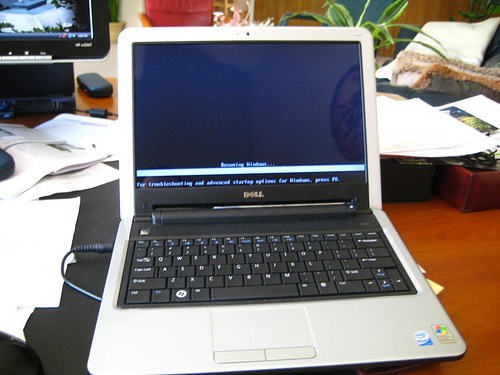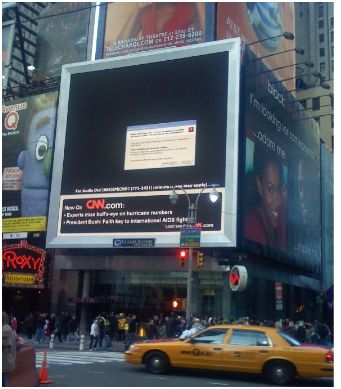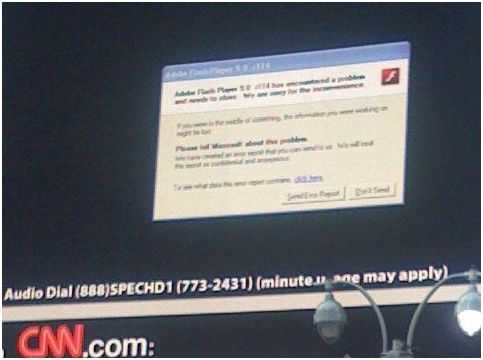<rant>
My shiny new Dell Mini 12 on startup from hibernation:

“Resuming Windows” – how long do you think it should take? 30 seconds? A few minutes?
Forever. That’s all it does. Stuck. Forced shut-off, start again.
Now it’s “Checking for updates to Adobe Updater”. No kidding. 6-7 minutes later Adobe Acrobat Reader 9 is updated. But now McAfee is updating itself.
No wonder I hate desktop software.
</rant>

 I hope Adobe proves otherwise.
I hope Adobe proves otherwise. Non-existent – at least on the very media they live and die for: twitter. 5 calls for help over 5 days left unanswered. I received better support from Comcast on Twitter.
Non-existent – at least on the very media they live and die for: twitter. 5 calls for help over 5 days left unanswered. I received better support from Comcast on Twitter. ) and explain what I see from that angle.
) and explain what I see from that angle.

 Mozilla Lab’s
Mozilla Lab’s  I’ve been using Zoho Writer, Sheet and Show in a
I’ve been using Zoho Writer, Sheet and Show in a 
Recent Comments